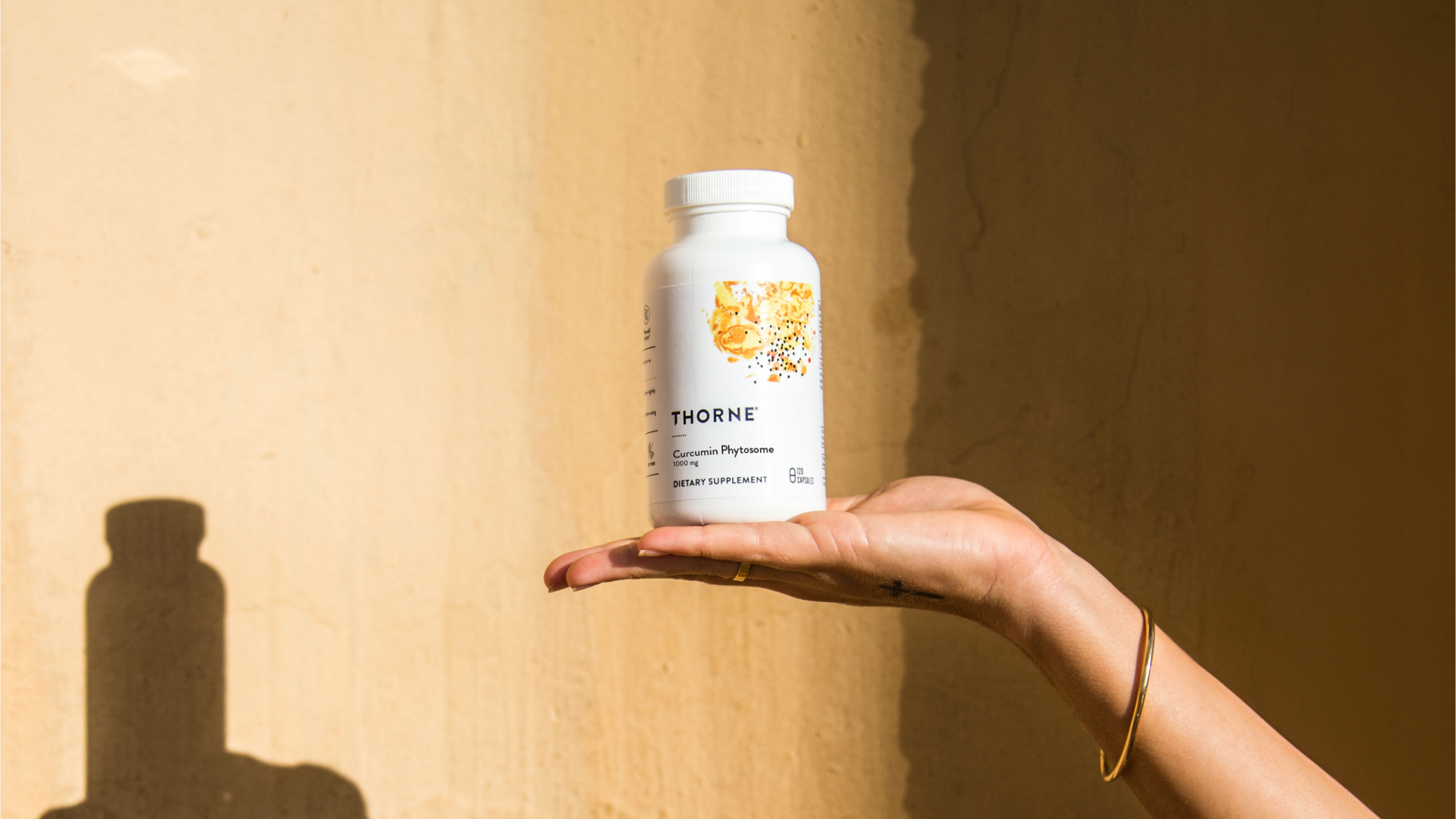Flu season is upon us. The CDC says flu hospitalizations are already the highest they’ve been in over a decade. They estimate between October 1 and November 5, 2022, at least 2.8 million people in the US contracted the flu, and at least 1,300 died from it [1]. While you may not be able to avoid exposure completely, there are some things you can do to bolster your immune system before exposure to the flu virus, and even some you can do to help your body fight it when you’re sick. One of the most powerful supplements for flu preparedness is NAC.

People take supplements to improve or optimize their health. So what happens when you look at the label, and the ingredient list is filled with unrecognizable additives?
What is “the flu”?
To start, here’s a little background on the flu:
Flu, short for influenza, is a contagious respiratory virus that primarily affects the nose, throat, and lungs [2]. There are three different types of influenza virus – A, B, and C. Type A viruses infect humans and several types of animals, including birds, pigs, and horses. B type influenza is normally found only in humans, and type C is mostly found in humans, but has also been found in pigs and dogs.
Type A influenza is classified into subtypes depending on which versions of two different proteins are present on the surface of the virus. These proteins are called hemagglutinin (HA) and neuraminidase (NA). There are 17 different versions of HA and 10 different versions of NA. So, for example, a virus with version 1 of the HA protein and version 1 of the NA protein would be called influenza A subtype H1N2 (A H1N1, for short).
The most common flu viruses detected this year are A H1N1 and A H3N2 [3].
Once your body contracts a virus, it builds antibodies to target that virus, specifically, so you are unlikely to suffer from the same viral infection more than once. The reason we need a new flu shot every year is the same reason you can catch the flu every year: the flu virus mutates. As the virus changes, the antibodies your body built, either from exposure or vaccination, no longer recognize the new shape of the virus.
Each year, researchers identify the common flu virus as early as possible in the season, and alter the existing vaccines to help recipients prepare for exposure. Supplements for flu support your natural immune response, so they will be more consistent from season to season.
How do you catch the flu?
Flu viruses are mostly likely to be spread through saliva (sharing food/drinks, coughing, sneezing, aerosol droplets when speaking). You can also catch some flu viruses from surfaces. For example, if someone coughs into their hand, touches a doorknob, the next person to touch the doorknob may now have the virus on their skin, ready to infect them if they touch their mouth, nose or eyes.
When infected, a person may be contagious for a day or so before noticing symptoms until up to seven days of illness [2]. Both of these factors make the spread more dangerous. It is not easy for many people to take that much time to isolate.
While not everyone gets a fever, or any symptoms at all, some common symptoms are fever, cough, sore throat, runny or stuffy nose, muscle or body aches, headaches, fatigue (tiredness), vomiting, or diarrhea [2].
What is NAC?
N-Acetyl-L-Cysteine (NAC) is an amino acid and an antioxidant. It has numerous intrinsic antioxidant properties but is most powerful as a precursor for the body’s master antioxidant, glutathione. NAC’s strength depends on the targeted replenishment of glutathione in deficient cells, which improves its efficacy in certain circumstances, including inflammatory processes and oxidative stress.
How can NAC help your body fight the flu?
NAC is one of the best supplements for flu often recommended by physicians. Because viruses create inflammation and oxidative damage to cells, supplemental antioxidants that perform cellular repair are an excellent line of defense.
It’s more than a run-of-the-mill antioxidant, however. Research has shown NAC supplementation is associated with reduced duration and severity of flu [4]. NAC bolsters the body’s natural immune responses, reduces the amount of respiratory mucus produced, and inhibits the ability of the virus to replicate [4].
As viral infections depend on the fast replication of virions within the body, an inhibitory nutrient like NAC may give the body’s immune response a head start in the fight. NAC also contributes to a more efficient immune response by inhibiting unnecessary inflammation in the respiratory system [4].
NAC also breaks-up or loosens mucus [5]. It does so through cysteine-mediated disruption to disulfide cross-bridges in the glycoprotein matrix of mucus [5]. This makes it easier to expel mucus and can reduce the accumulation of mucus in the lungs and respiratory system.
Should I start taking NAC now, or wait until I’m sick?
Really, the answer is either or both! If you think you might be exposed to the flu virus (air travel, school, busy indoor work environment) supplements for flu, like NAC, can help to boost your immune fight against flu infection. However, its real antioxidant power comes into play in times of oxidative stress and inflammation. So its benefits may multiply for immune response and recovery if you’ve already begun experiencing respiratory symptoms.
As always, we strongly suggest talking about the benefits and dosage of any supplement with your healthcare practitioner before beginning supplementation.
- CDC. “2022-2023 U.S. Flu Season: Preliminary In-Season Burden Estimates.” CDC Website. Accessed November 15, 2022. https://www.cdc.gov/flu/about/keyfacts.htm
- CDC. “Key Facts About Influenza (Flu).” CDC Website. Accessed November 15, 2022. https://www.cdc.gov/flu/about/keyfacts.htm
- CDC. “Weekly U.S. Influenza Surveillance Report.” CDC Website Accessed Nov. 17, 2022. https://www.cdc.gov/flu/weekly/index.htm.
- Geiler, Janina, et al. “N-acetyl-L-cysteine (NAC) inhibits virus replication and expression of pro-inflammatory molecules in A549 cells infected with highly pathogenic H5N1 influenza A virus.” Biochemical pharmacology 79.3 (2010): 413-420.
- Hołyńska-Iwan, Iga, et al. “The application of N-acetylcysteine in optimization of specific pharmacological therapies.” Polski Merkuriusz Lekarski: Organ Polskiego Towarzystwa Lekarskiego 43.255 (2017): 140-144.
Share:
Related Posts

Thorne Celebrates 40 Years of Good Health
Maggie Chandler April 12, 2024 As it’s often said at Thorne, healthy ageing is a gift. It’s about embracing the way you feel, your experiences,

Healthy Coffee Alternatives: When to Quit Coffee & What to Drink Instead
Dr Thomas Wnorowski February 16, 2024 Key Points: Does the idea of quitting coffee make you feel all sorts of (terrible) things? It’s common. But

How Your Social Network Impacts Your Mental Health
Austin Ruff April 17, 2024 Humans are inherently social creatures. It’s in our nature to connect and want to be connected to the people around

Microbiota-Gut-Brain Axis: Behaviour and Dementia Implications
People take supplements to improve or optimize their health. So what happens when you look at the label, and the ingredient list is filled with

Gut Bacteria and GABA
People take supplements to improve or optimize their health. So what happens when you look at the label, and the ingredient list is filled with


